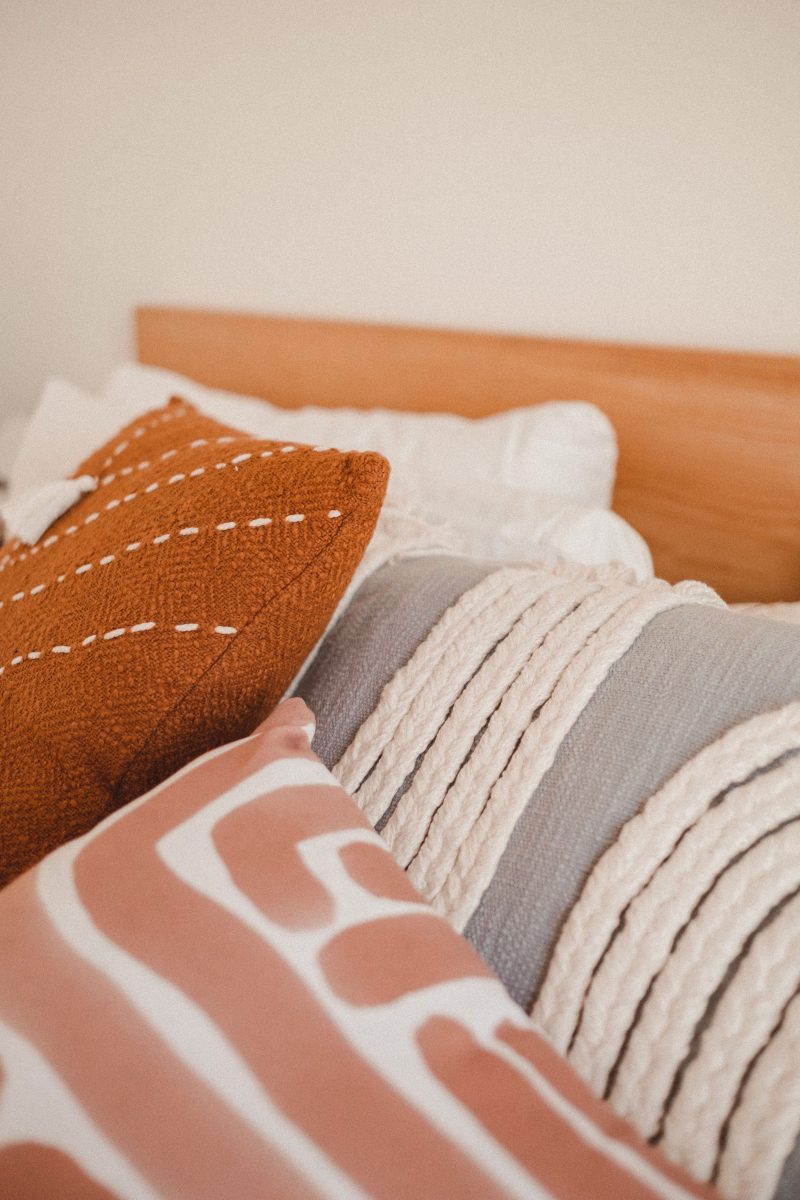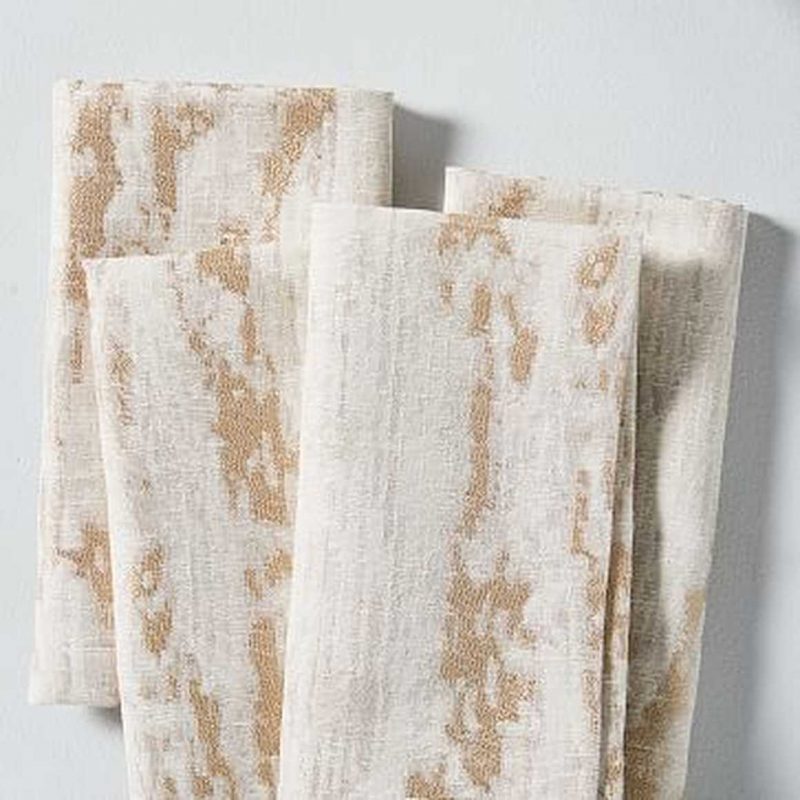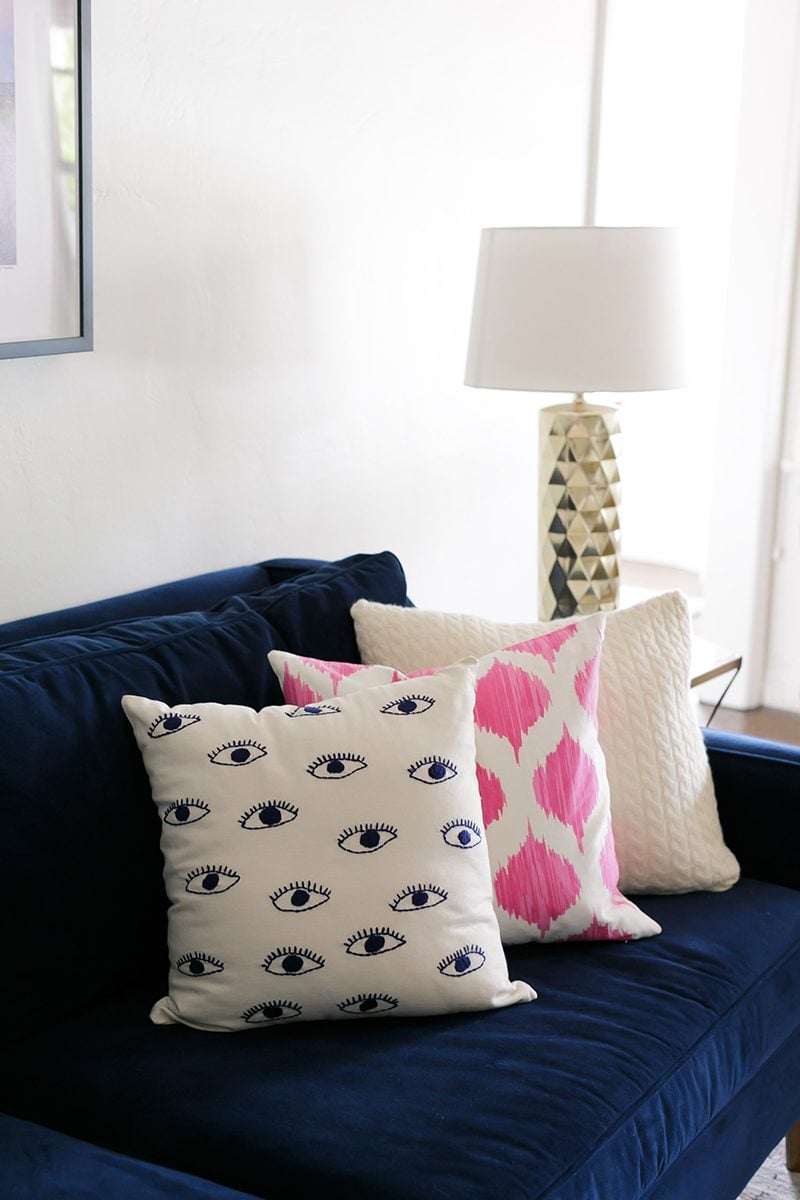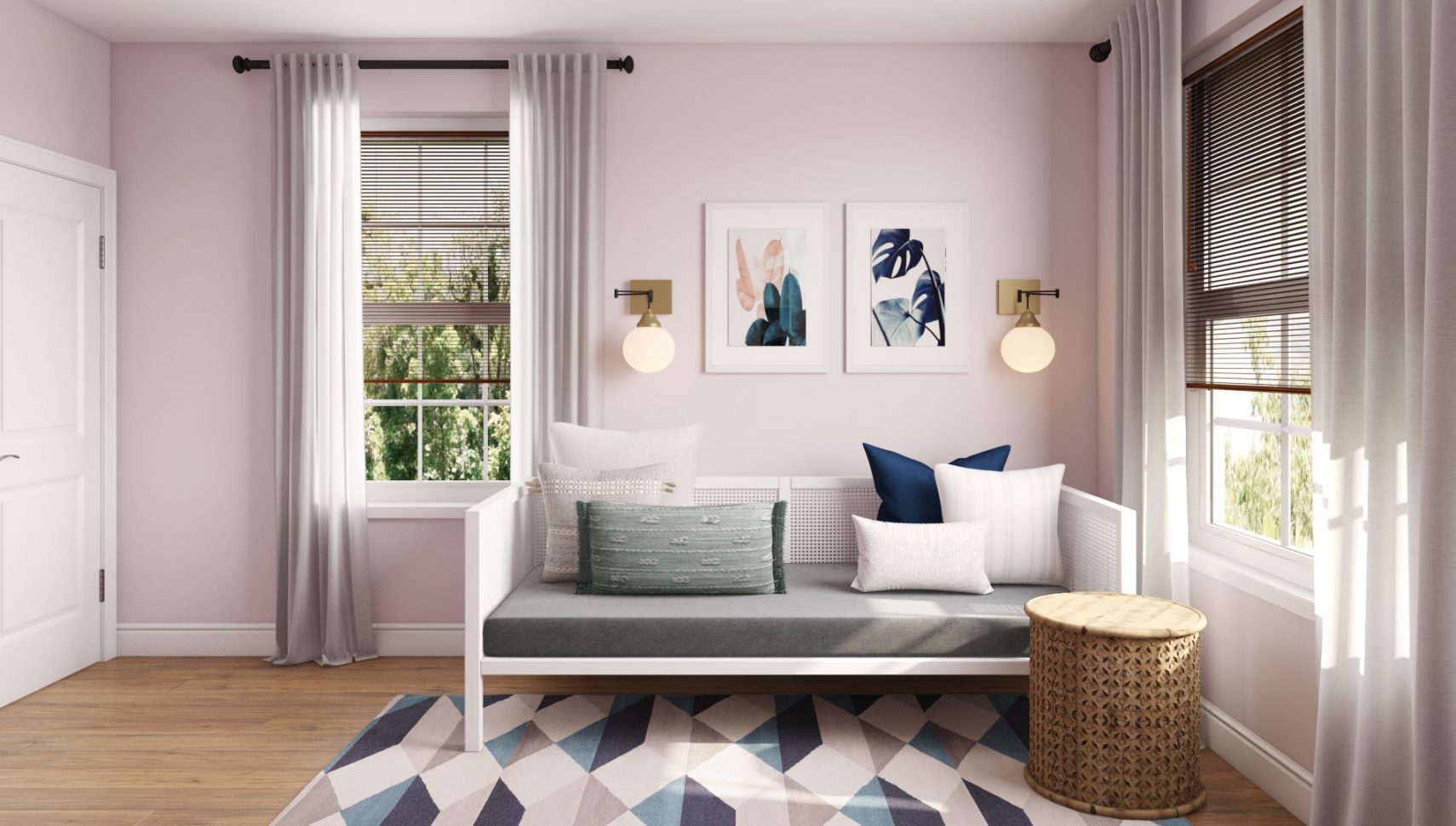Textiles are a cornerstone of interior design. They can transform beds, sofas and upholstered surfaces into focal points of any room by adding pattern, color and texture. A simple fabric swap of pillows or blankets can take a space into a whole new season without having to change any core furniture pieces. These are just a couple of examples of textiles making a big impact on a space, but there’s an even better one to consider: recycling textiles. By recycling textiles used in other parts of your home, you can decorate for free!
Recycling textiles is about more than just saving a few bucks,. According to the Environmental Protection Agency, landfills received 11.3 million tons of discarded textiles, accounting for 8 percent of total landfilled trash. It’s a number that’s climbed steadily since 1960 and is projected to keep on climbing as the EPA gathers more data. Sure, it might feel like a small step to repurpose an old blanket instead of throwing it away, but even small changes can help shift the way we think about textiles.
We’re taking a closer look at recycling textiles for new purposes in your home while also reviewing the basics of textile design and the art of layering different patterns and colors.

In The Sound of Music, Maria famously turns old curtains into new play clothes for the children. We don’t necessarily recommend making clothes out of drapery, but curtains are a great source for recycling textiles because of their expansive yardage.
If you’re planning to purchase new curtains, why not put the old ones to good use for other rooms in the house instead of tossing them in the trash? In the dining room, you can use old curtains to create an easy runner for your dining room table—curtains are the perfect thickness for this—or make cloth napkins. Both of these projects require minimal sewing skills, and you could even use fabric tape or glue if you can’t be bothered with a needle and thread. Or, try using the curtains in a new way, such as framing your bathtub or as a dramatic backdrop behind your bed. Of course, they’d also make for great pillows, and the thicker fabric weight would work well in indoor and outdoor spaces alike.
For smaller textiles, such as pillows, consider how a bold pattern or print might look framed on the wall instead of tossed on the couch or bed. Many textile designs are works of art that would be an eye-catching addition to a salon wall.

You can also think about recycling textiles for practical purposes. Old blankets cut down to size would make great cleaning cloths or mop pads. For more intermediate sewers, most fabrics can be sewn into a reusable tote bag.
Another reason to consider recycling textiles is to think about the process and creativity it took to bring a fabric to life. Textile designers are artists and visual thinkers, and their designs deserve to be considered as works of art. Many patterns start off as hand-painted designs, and even digitally designed patterns require careful forethought regarding color palette and scale. So, what is textile design? Ultimately, it’s the result of hardworking artists—there are people behind those patterns.

Mixed prints are big in fashion, and the same goes for home decor. Experiment layering different prints, patterns and palettes. There’s an art to it—you want the result to look purposeful, not haphazard. Start mixing patterns like a pro using these three ground rules:
- Vary the scale. Textiles should be a mix of small, medium and large patterns.
- Think about intensity. Even if you use several colors, they should ideally share the same intensity—don’t mix pastels with brights, for example, but try several different shades of pastels, or several different shades of brights.
- Pepper in solids. Ground the look of mixed patterns by incorporating solids or subtle patterns like tonal stripes.

Not sure you’ve got what it takes to mix and match textiles? Pair up with one of our expert designers after you take our design style quiz.

